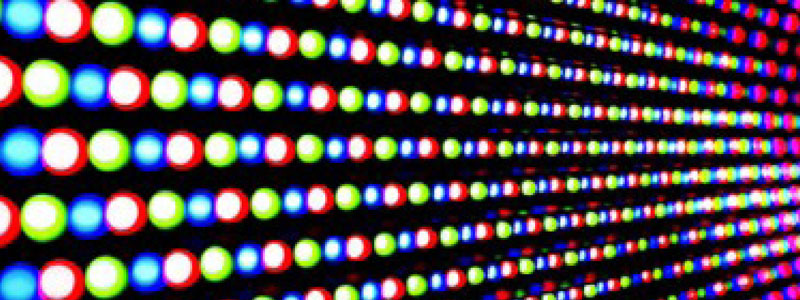Earlier this month, Isamu Akasaki, Hiroshi Amano, and Shuji Nakamura received the Nobel Prize in Physics for their development of the blue light-emitting diode that led to the creation of a practical white-light LED. The development may seem modest, however its subsequent universal application and adoption has led to a "fundamental transformation of lighting technology," according to the Royal Swedish Academy of Sciences, which awarded the prize. LED lights last about 30 times longer than traditional incandescent light bulbs.
Practically speaking, if you were to use a standard LED bulb for four hours a day you wouldn’t have it change it for a whopping 17 years. This huge energy saving has led to mass adoption, with 2014 set to be the first year in which LEDs will have the largest share of lighting technologies in the US. The most promising part of this revolution comes with their application in developing countries, where up to 1.5 billion people have no access to an energy grid.
As part of the Solar Electric Light Fund, solar powered LEDs are being implemented across hospitals and homes in Africa. This will undoubtedly go a long way to improving living conditions where they are needed most.
Read the full article here..
